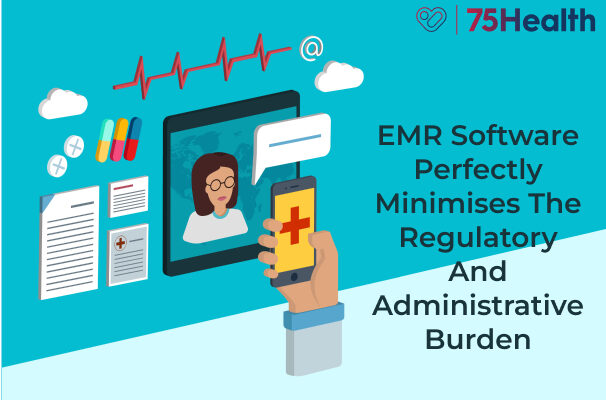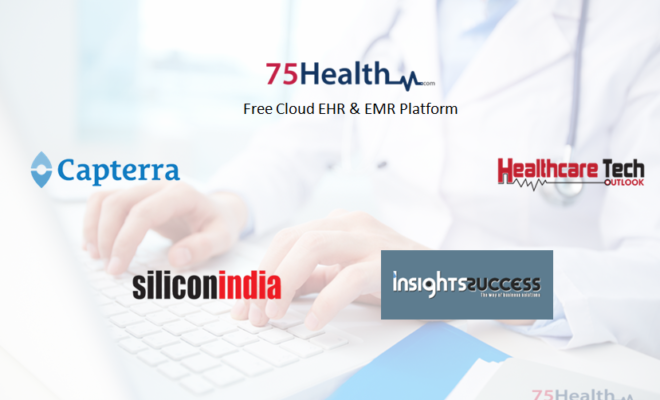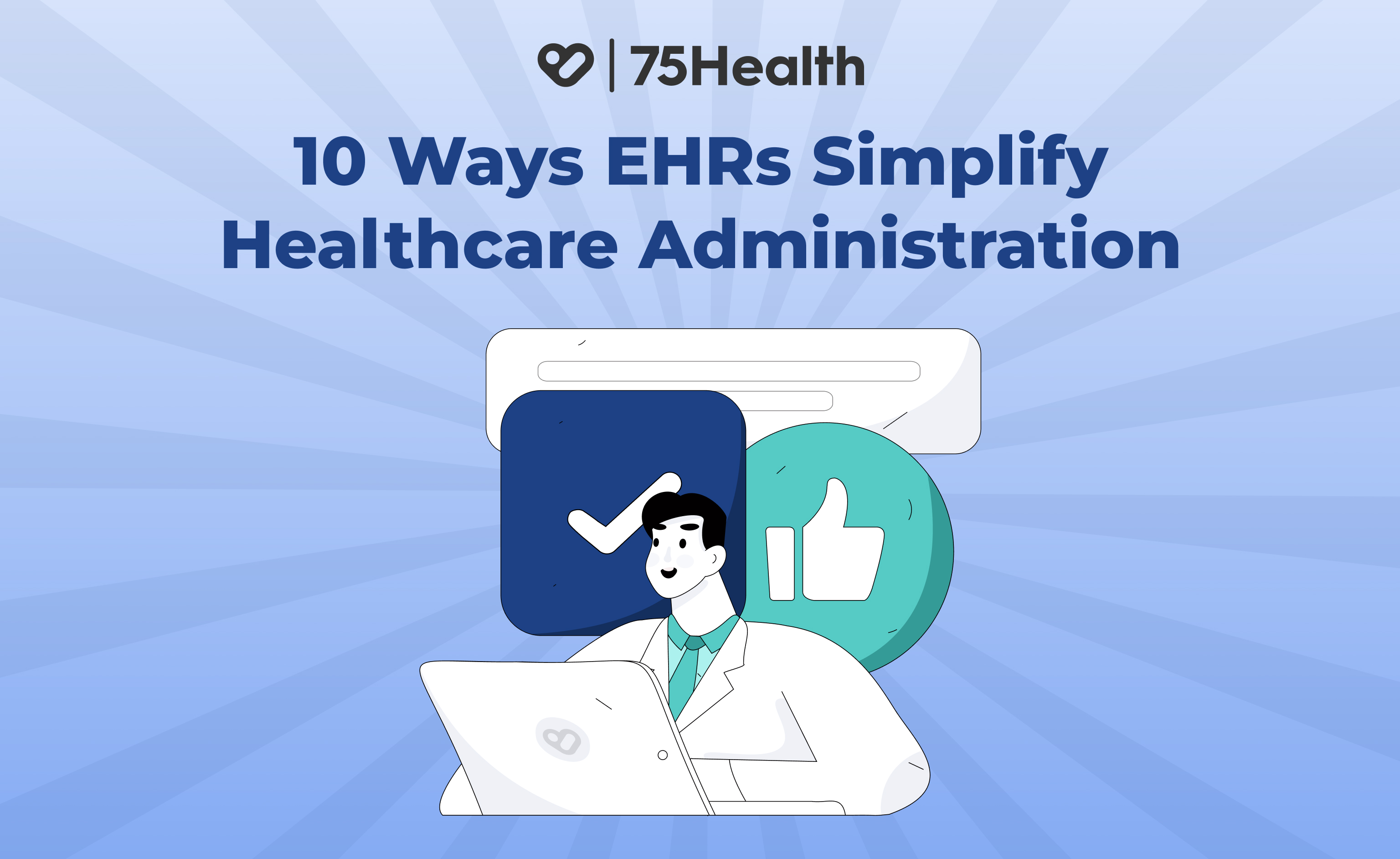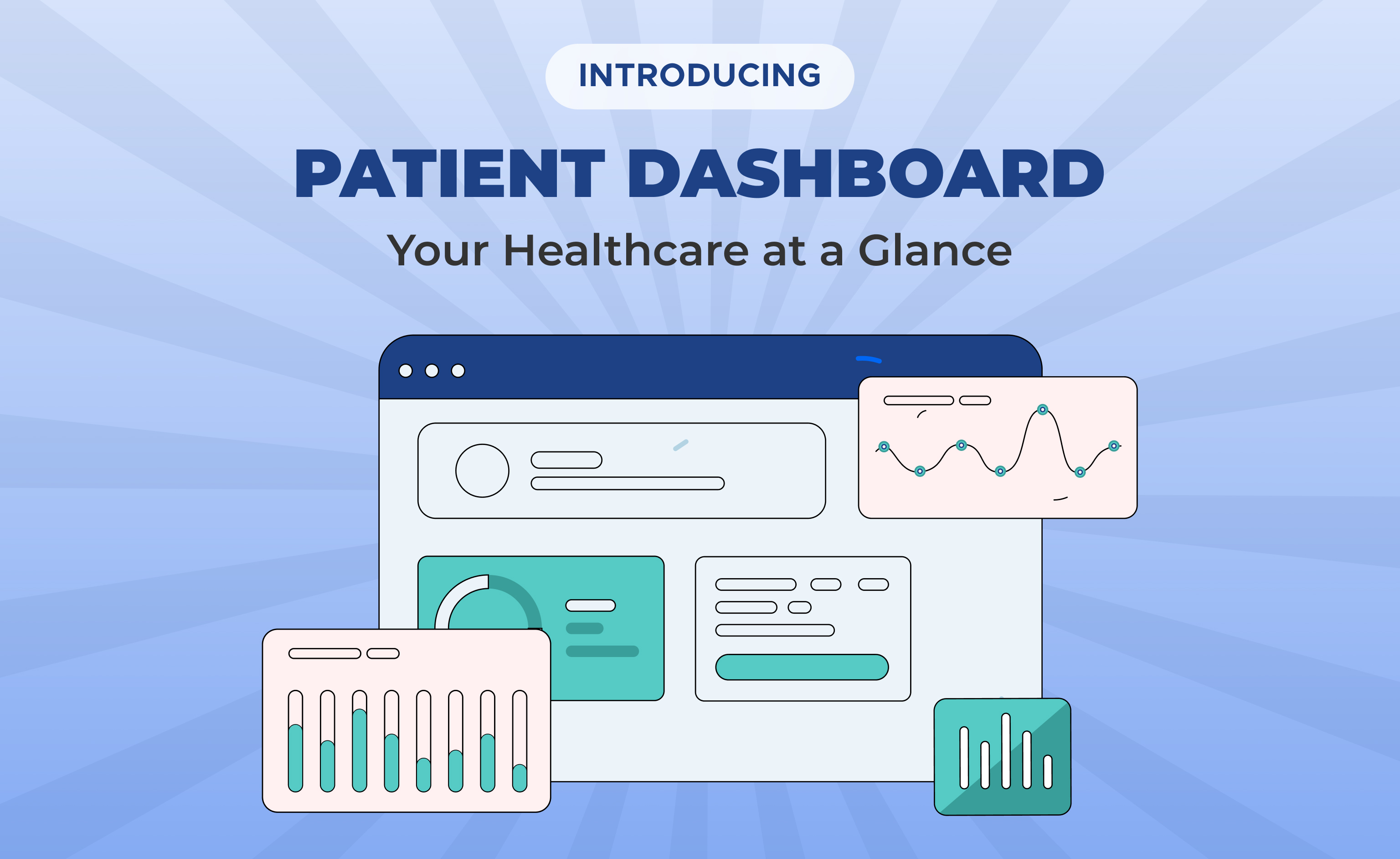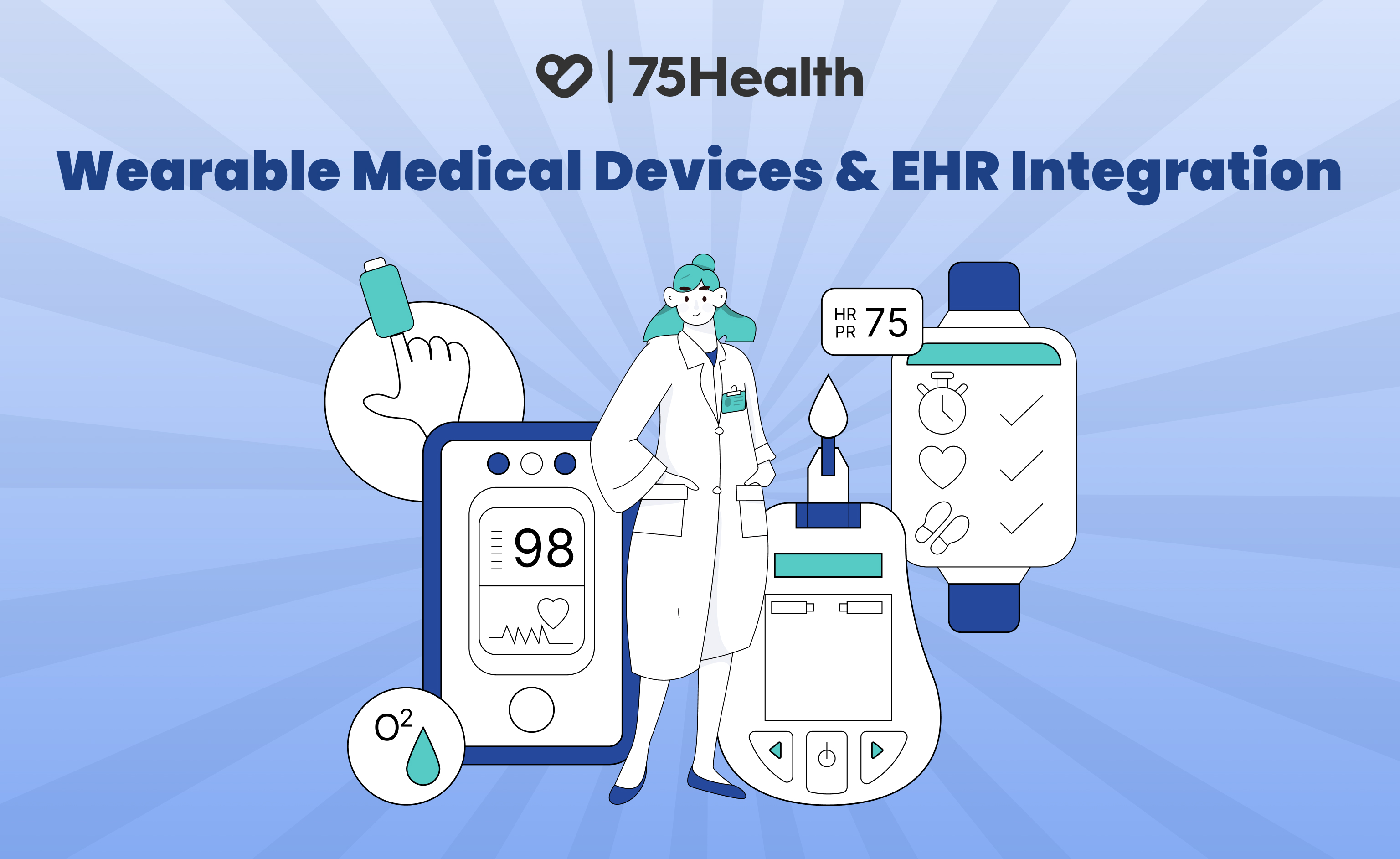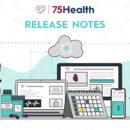How EHRs Keep Patients Safe and Care Connected
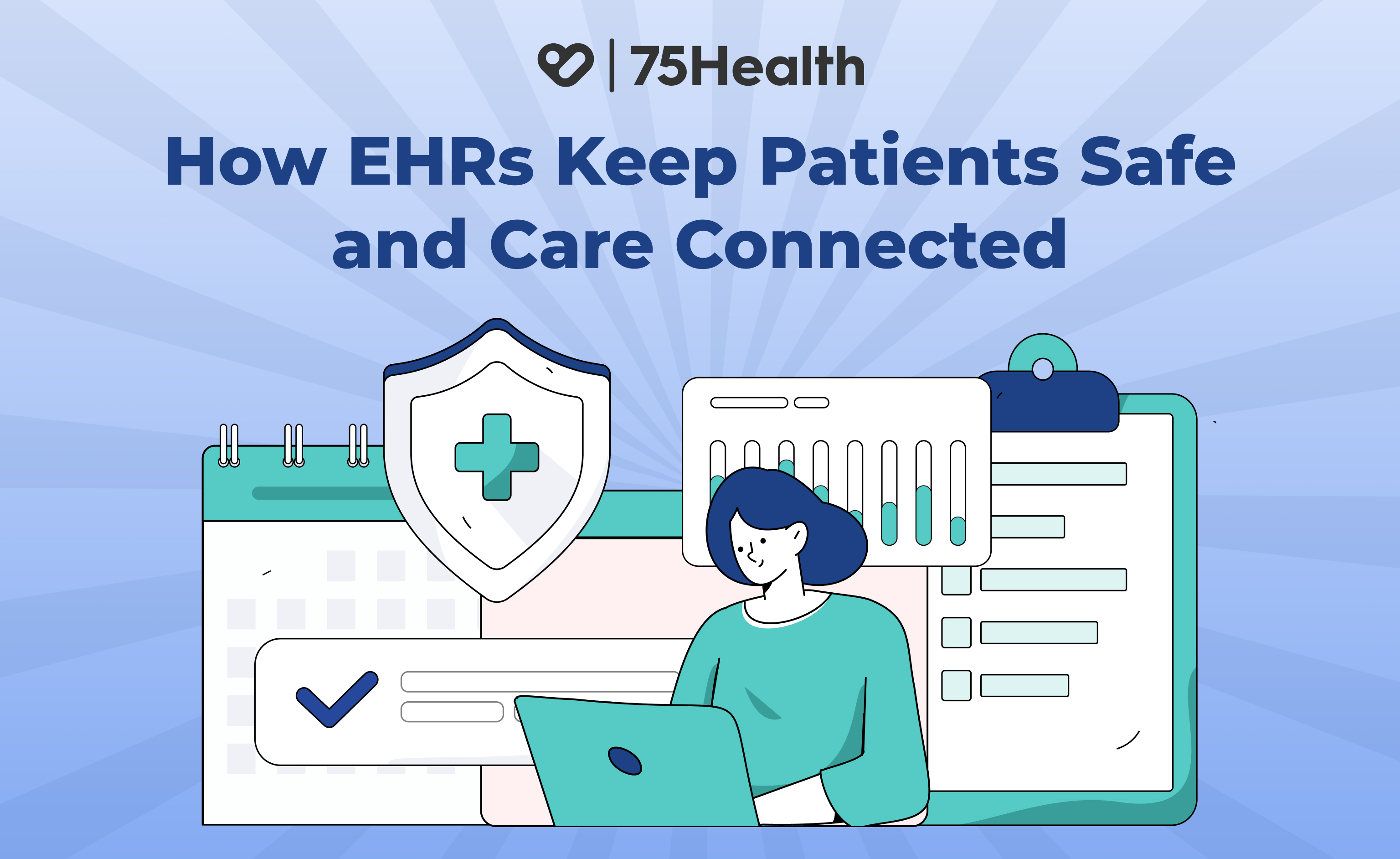
Heads Up: The True Gem of EHRs!
We often talk about how EHRs streamline healthcare operations, reduce the workload of staff, nurses and even doctors and make documenting health records easier.
But in the rush to highlight these advantages, we sometimes overlook the real gem of EHRs: they don’t just support hospitals and clinics, they support patients.
Patients are the biggest beneficiaries of EHRs, and the ways they gain from this technology go far beyond what meets the eye.
In this blog, we’ll dive into how EHRs are transforming patient care and keeping healthcare safer, smarter and more connected.
How EHRs Make Healthcare Safer and Smarter for Patients
1. Prevent Medication Conflicts and Errors
EHRs flag potential medication conflicts, contraindications, and dietary restrictions that may interfere with treatment. By cutting down on wrong prescriptions, patients get safer and better care, making them feel at ease and sure about their treatment.
2. Provide Timely Reminders and Preventive Care
Busy schedules can make it easy to miss appointments or screenings. EHRs send automatic reminders for checkups, vaccinations, and preventive tests, helping patients stay on track and supporting early detection for better long-term health outcomes.
3. Protect Patient Identity and Data
Paper files can be stolen or lost. EHRs lock up patient info with coding limited access, and tracking. Patients can rest easy knowing their private health details are secure, boosting their trust in your care.
4. Get Rid of Errors from Hard-to-Read Notes
Handwritten notes can be misread, leading to mistakes. EHRs ensure every record is clear, complete, and easily accessible, so patients receive accurate care without delays or errors caused by misinterpretation.
5. Improve Care Coordination and Reduce Duplicate Tests
EHRs allow seamless sharing of records among healthcare providers. This reduces unnecessary duplicate tests, ensures continuity of care, and keeps patients’ treatment plans consistent, improving both efficiency and satisfaction.
6. Faster Access to Personal Health Records
Patients can access their lab results, visit summaries, and treatment plans instantly through a secure portal. Quick access empowers patients to understand their health better and stay informed, improving engagement and trust.
7. Enhanced Communication with Providers
Secure messaging in EHRs lets patients reach their doctors with questions, follow-ups, or clarifications. This improved communication makes patients feel heard and supported, boosting overall satisfaction.
8. Convenient Telehealth Options
Many EHRs integrate telehealth features, allowing patients to consult their providers remotely. This saves travel time, ensures faster care, and adds convenience, all of which significantly enhance patient satisfaction.
Conclusion
Electronic health records (EHRs) do more than serve as digital tools for hospitals and clinics, they act as strong partners for patients. They help prevent medication mistakes, send timely reminders, protect private data, and allow smooth communication.
In short, EHRs place patients at the heart of care. EHRs make healthcare safer, easier to use, and more tailored to each person. This leads to better health results and boosts how happy and confident patients feel about their care. The real worth of EHRs shows in how they give power to patients offering them improved access, better details, and an overall enhanced healthcare journey.
